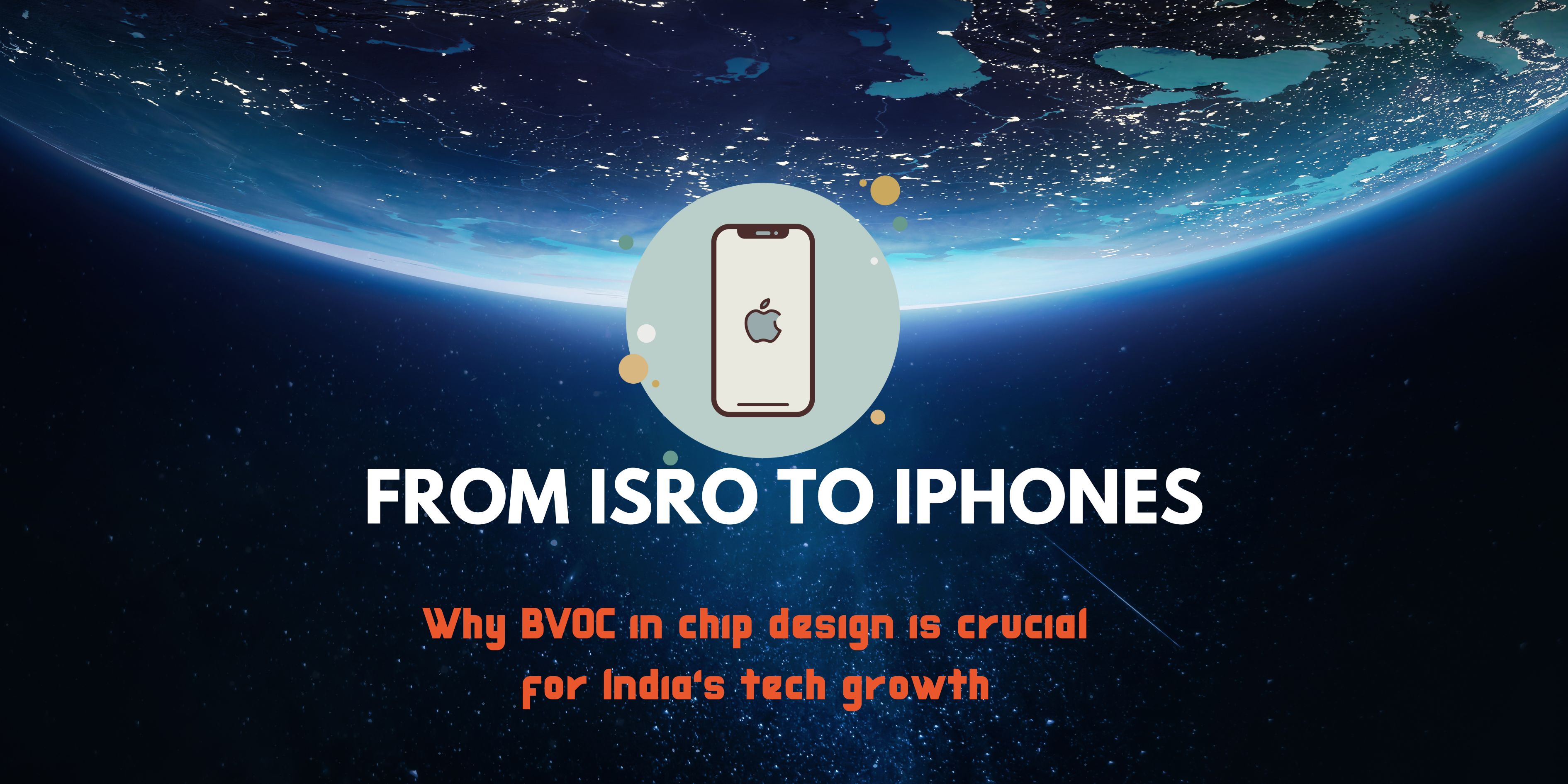
When we think about India’s remarkable achievements in technology, two powerful images often come to mind: the Indian Space Research Organisation (ISRO) sending satellites and spacecraft into orbit, and the everyday presence of smartphones—many powered by cutting-edge chips—in the hands of millions. Both represent India’s growing influence in the global technology landscape. But behind these successes lies a critical component: chip design.
Chips, or semiconductors, are the brains of all modern electronic devices. They power rockets, satellites, smartphones, medical equipment, electric vehicles, and even household appliances. Without strong capabilities in chip design, India risks being dependent on other countries for the very foundation of its technological growth.
This is where programs like the Bachelor of Vocation (B.Voc) in Applied Electronics & Chip Design become essential.
Why Chip Design Matters
- Strategic Independence: India’s space program and defense technologies rely heavily on advanced chips. Designing our own reduces dependency on imports and strengthens national security.
- Economic Growth: The global semiconductor market is worth trillions of dollars. By developing chip design expertise, India can create jobs, attract investment, and become a key player in this high-value sector.
- Innovation in Everyday Tech: From iPhones to AI-powered applications, chip innovation drives performance, efficiency, and affordability. Having skilled designers in India ensures we’re not just consumers but contributors to global innovation.
How B.Voc in Chip Design Bridges the Gap
Unlike traditional degrees, the B.Voc program is hands-on, industry-linked, and skill-focused. At AIAT, students don’t just learn theory—they gain practical exposure to tools and workflows used in real chip design companies. This prepares them to:
- Understand VLSI (Very Large-Scale Integration) fundamentals.
- Work with Electronic Design Automation (EDA) tools.
- Collaborate on real-world projects, from logic design to verification.
- Bridge the gap between academia and industry.
The Future of India’s Tech Workforce
With initiatives like Make in India and Digital India, the demand for skilled chip designers is set to skyrocket. ISRO’s future missions, the rollout of 5G/6G networks, the boom in electric vehicles, and the rise of AI all depend on one thing: powerful, efficient, and reliable chips.
By choosing B.Voc in Chip Design, students are stepping into a future where their skills will directly shape India’s journey from being a technology user to a technology leader.
Final Word
From ISRO’s satellites to the iPhones in our pockets, the common thread is chip technology. India’s growth story depends on mastering this crucial field. At AIAT, we believe that empowering students with practical skills through the B.Voc in Chip Design program is not just education—it’s nation-building.
Are you ready to be part of India’s chip revolution? Learn more about our B.Voc in Chip Design program at AIAT and take the first step toward shaping the future.
Connect with us
Click here to submit any admission enquiries.
Click here to connect with us on WhatsApp
Call us on 8903166923
Email us on info@aiat.edu.in
We are located on our two campuses:
- Palmyra (Near Morattandi Tollgate) - https://maps.app.goo.gl/TUcZ4vDDKVpro5eK6
- Irumbai (Near TNEB & Auroville Village Action Group, Tiruchitrambalam-Irumbai Road) - https://maps.app.goo.gl/NFJhPC7fUsZNTWj59

